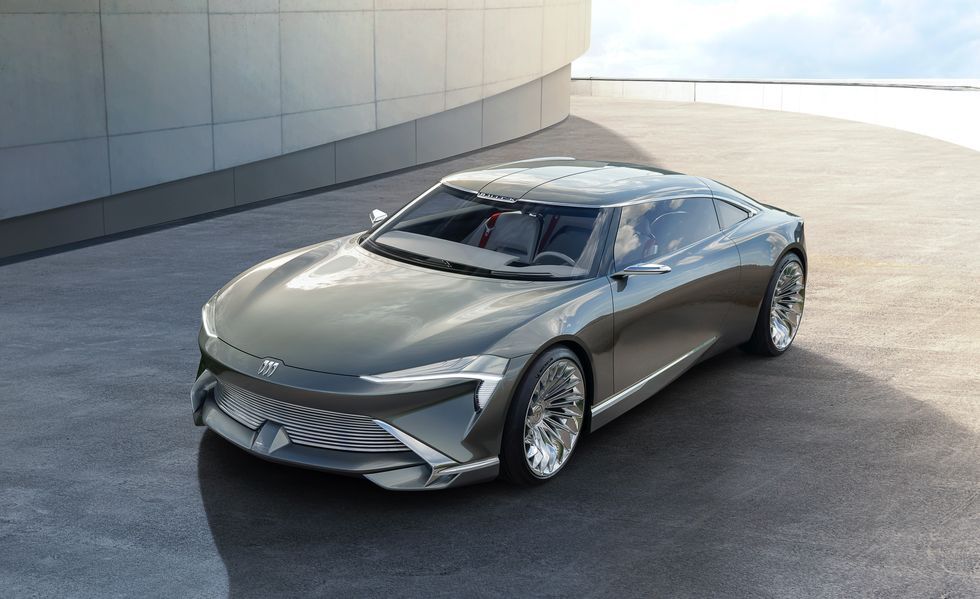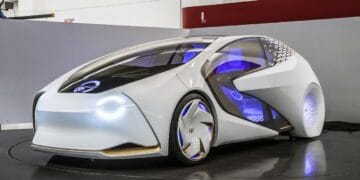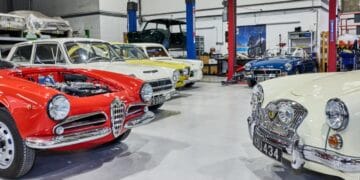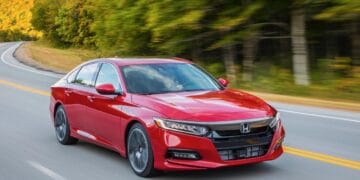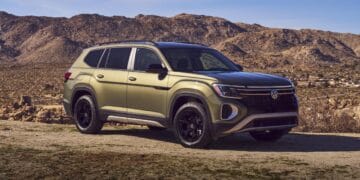The Electrified Horizon: Shaping the 2026 Sedan Landscape
The automotive industry is in the throes of its most profound transformation since the invention of the internal combustion engine.
By the 2026 model year, the electric sedan segment will transition from a niche market dominated by a few pioneers to a fiercely competitive, mature, and central pillar of global sales.
This comprehensive analysis dives deep into the projected trends, technological leaps, and economic forces that will define the electric sedan market in the near future. Understanding these shifts is crucial for manufacturers, investors, and consumers alike.
The growth is no longer merely incremental; it is exponential, driven by global regulatory pressures, massive private sector investment, and rapidly evolving consumer expectations that prioritize connectivity, sustainability, and performance.
We project the 2026 electric sedan to be a masterpiece of engineering, integrating advancements across battery chemistry, software, and manufacturing efficiency.
I. Core Technological Evolutions in 2026
The electric sedan’s success hinges on overcoming legacy challenges related to range, charging speed, and cost. The 2026 models are set to debut with significant improvements, moving the segment past the current constraints.
A. Next-Generation Battery Chemistry and Efficiency
Current lithium-ion technology, while successful, is quickly reaching its practical limits. The 2026 model year will see the mainstream adoption of technologies that fundamentally alter the battery pack’s performance metrics.
1. Solid-State Battery Integration (Limited)
While full-scale deployment may still be a few years away, several high-end 2026 sedans are expected to feature limited integration of semi-solid or solid-state technology.
This transition offers the promise of energy density exceeding 500 Wh/kg, drastically improving range without increasing pack size. This technological leap addresses the core consumer anxiety known as “range anxiety.”
2. Silicon Anodes
The widespread use of silicon-based anodes, replacing or supplementing graphite, will become standard.
Silicon holds exponentially more lithium ions, translating directly into a 15-20% boost in range for the same physical battery volume. This is a critical factor in mid-range sedan competitiveness.
3. Cell-to-Body (CTB) Architecture
Moving beyond Cell-to-Pack (CTP), the CTB design integrates the battery structure directly into the chassis.
This approach saves significant weight, enhances structural rigidity, and allows for greater internal cabin volume, a key selling point for sedans.
It also reduces manufacturing costs and complexity.
B. Ultra-Fast Charging and Infrastructure Harmonization
The speed and convenience of “refueling” remain competitive differentiators. 2026 sedans will normalize 800-volt architectures, enabling charging speeds that dramatically reduce downtime.
1. 350 kW Charging Capability
New models will consistently offer peak charging rates of 350 kW or higher.
This power level allows for the addition of 200 miles of range in under 10 minutes, effectively matching a typical gasoline stop for long-distance travel.
2. Plug-and-Charge Protocol
Seamless, authenticated charging (ISO 15118) where the car communicates directly with the charger for billing will be standard.
This removes the need for apps or cards, significantly improving the user experience and encouraging wider adoption.
3. Wireless Charging Infrastructure
While still nascent, select luxury 2026 electric sedans are projected to offer low-power wireless charging in private garages or designated urban parking spots.
This caters to the premium segment seeking ultimate convenience.
II. The Rise of Software-Defined Vehicles (SDV)
The true value of a 2026 electric sedan will reside less in its hardware and more in its integrated software platform.
This transformation impacts everything from performance to maintenance costs, leading to high-value aftermarket services and potential AdSense opportunities.
A. Advanced Driver-Assistance Systems (ADAS) and Autonomy
By 2026, Level 2+ (L2+) capabilities—advanced cruise control combined with hands-free highway driving—will be commoditized. The focus shifts to Level 3 (L3) conditional autonomy.
1. Level 3 Conditional Autonomy
Several manufacturers will launch L3 systems, where the vehicle handles all dynamic driving tasks under specific conditions (e.g., congested highways, designated zones).
Crucially, the system is engineered to handle an “unforeseen event” for a specific period, allowing the driver to disengage temporarily. This legal boundary shift is paramount.
2. Over-the-Air (OTA) Performance Upgrades
Software updates will become the primary mechanism for enhancing performance.
Consumers will be offered subscription models for features such as increased horsepower, improved braking performance, or extended regenerative capabilities.
3. Cybersecurity Integration
As vehicles become rolling computers, automotive cybersecurity becomes a core selling point and a major area for high-CPC advertising (e.g., security software, legal consulting). All 2026 platforms will feature multiple layers of hardware and software security to prevent remote takeovers or data breaches.
B. Infotainment and Personalized User Experience
The in-cabin experience will become increasingly personalized and contextual.
1. Augmented Reality (AR) Head-Up Displays (HUDs)
AR HUDs will project navigation arrows, lane departure warnings, and ADAS status directly onto the road ahead, creating a more intuitive and safer driving experience than traditional dashboards.
2. Biometric and Health Monitoring
Sedans will routinely integrate biometric sensors in the steering wheel or seat to monitor driver fatigue, heart rate, and focus. In case of emergency, the vehicle could initiate L3 or L2+ systems to safely pull over, creating a strong link to high-value Health Insurance and Wellness Tech keywords.
3. Integrated Streaming and Gaming
High-speed 5G connectivity will allow passengers (and the driver when stationary) to seamlessly stream 4K content and engage in cloud gaming, monetizing downtime and opening up avenues for high-value Telecom and Entertainment advertisements.
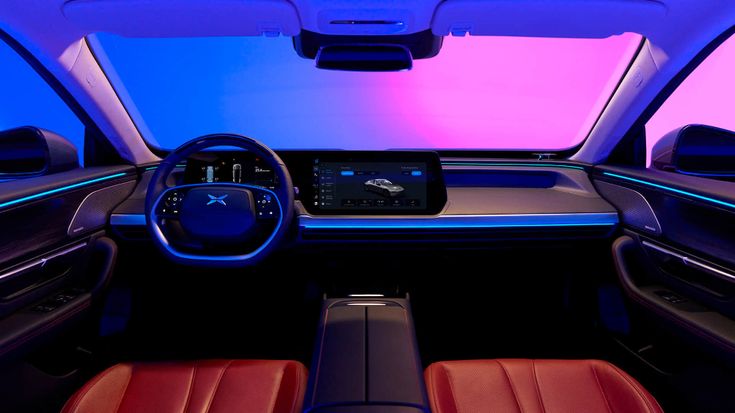 III. Market Dynamics and Financial Implications
III. Market Dynamics and Financial Implications
The 2026 electric sedan market will be characterized by intense competition, shifting consumer demographics, and significant financial risk, all contributing to high CPC advertising verticals.
A. Insurance and Legal Liability in the EV Era
The combination of high-value battery packs and complex ADAS systems has made insuring electric sedans a major financial vertical.
1. Higher Initial Premiums
Due to the higher upfront cost of EVs and the specialized, expensive nature of battery pack replacement, insurance premiums for 2026 electric sedans are expected to remain 15-25% higher than comparable gasoline models.
This fuels the high-CPC “Auto Insurance Quotes” market.
2. Autonomous Liability Policy
With the advent of L3 autonomy, a new class of insurance products will emerge, focusing on the liability shift from the driver to the manufacturer (or the software provider) during autonomous operation.
Articles discussing this liability are goldmines for Legal and Specialty Insurance ads.
3. Repair Network Specialization
Only certified repair shops with high-voltage training can handle EV body and battery work.
Lack of qualified technicians keeps repair costs and timelines high, driving consumer demand for articles detailing Certified EV Repair Networks and associated high-CPC services.
B. Aggressive New Model Launches and Pricing Strategy
The market will be flooded with entrants from both legacy manufacturers and new players, driving price compression and creating highly competitive Car Shopping keywords.
1. The Sub-$35,000 EV Sedan
The price floor will drop significantly. Global competition, particularly from Chinese manufacturers leveraging scale and advanced supply chain management, will force Western OEMs to launch competitive, fully-featured electric sedans priced under $35,000 before incentives. This will be the main driver of mass adoption.
2. Performance Niche Expansion
High-performance EV sedans (e.g., those rivaling traditional M-series or AMG models) will expand their market share, leveraging instant torque and advanced thermal management to deliver unprecedented acceleration and handling.
This caters to the lucrative Performance Parts and Luxury Auto Financing segments.
3. Leasing and Subscription Dominance
Leasing and flexible subscription models (e.g., a short-term contract that includes insurance, maintenance, and charging) will become the preferred method of acquisition.
This is driven by rapid technological turnover and consumer reluctance to fully commit to long-term ownership of a quickly evolving asset. Content focused on Best EV Lease Deals and Subscription Services is critical for high traffic.
IV. Manufacturing and Sustainability Shifts
Behind the showroom shine, the manufacturing process for 2026 electric sedans will undergo a green revolution, impacting supply chain and investment narratives.
A. Gigacasting and Manufacturing Efficiency
1. Structural Battery Packs
This trend, where the battery casing acts as a structural component of the car chassis, is a game-changer. It dramatically reduces the number of separate components, simplifying assembly and cutting manufacturing costs by up to 20%.
2. The Gigacasting Method
Large, single-piece castings for the front and rear underbody sections will become common.
This high-pressure die-casting technique minimizes traditional welding and stamping processes, further streamlining the factory floor and setting a new benchmark for production speed.
B. Circular Economy and Ethical Sourcing
1. Battery Recycling Mandates
New regulatory environments in North America and Europe will enforce strict mandates for battery recycling.
Manufacturers will be forced to design packs for easy disassembly and material recovery, creating a new, high-value Lithium Recycling Investment sector.
2. Cobalt and Nickel Reduction
The industry is moving rapidly toward cathode chemistries like Lithium Iron Phosphate (LFP) for standard range models, which eliminates expensive and ethically complex cobalt. High-performance models will use high-nickel chemistries, but with increasingly strict supply chain auditing and provenance tracking.
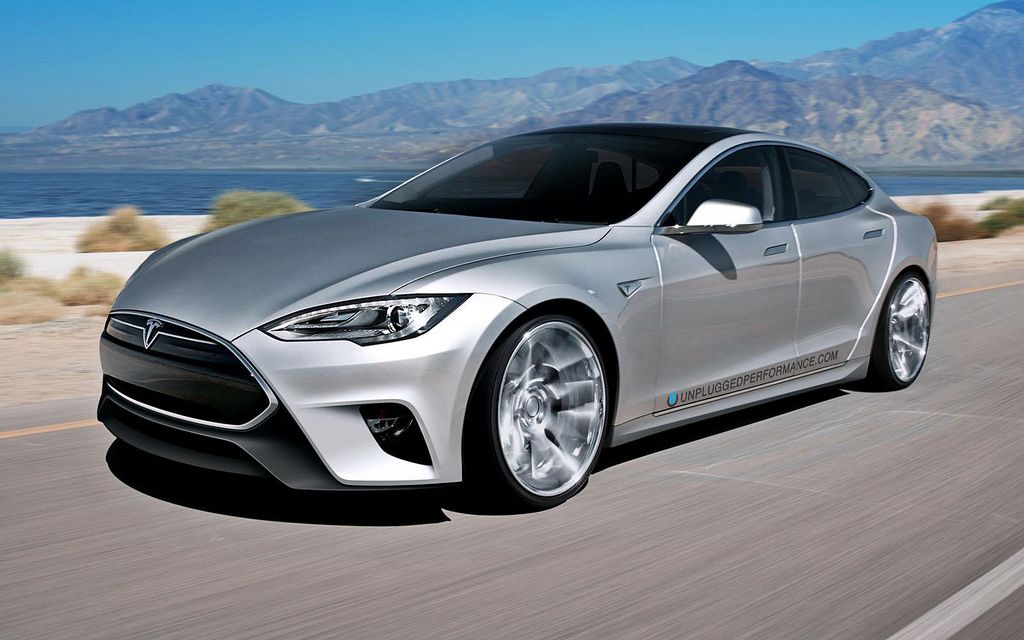 V. Regional Market Divergence (2026 Outlook)
V. Regional Market Divergence (2026 Outlook)
The adoption rate and dominant trends will vary significantly by geography, influencing local SEO strategies.
A. North America: Focus on Large Sedan and Performance
1. The U.S. market continues its love affair with larger vehicles, meaning the 2026 electric sedans that succeed will often be positioned closer to the “large sedan” or “crossover-sedan” format, blending performance with family practicality.
2. Government incentives, particularly the structure of tax credits, will continue to play a crucial role in purchasing decisions. Content detailing the constantly changing EV Tax Credit Requirements will remain a top-tier SEO topic.
B. European Union: Focus on Efficiency and Sustainability
1. Europe’s stringent environmental regulations and existing compact infrastructure favor smaller, highly efficient electric sedans. The focus will be less on maximum range and more on energy consumption (Wh/km) and sustainable manufacturing credentials.
2. The adoption of urban low-emission zones (LEZ) will drive high-CPC queries related to Taxes and Fines for Non-Compliant Vehicles.
C. Asia-Pacific (APAC): Dominance of Digitization and Value
1. The APAC market, led by China, will drive the fastest adoption curve. Vehicles here will be defined by superior digital integration, particularly in-car social media and mobile payment platforms.
2. Intense local competition drives prices down, establishing the value baseline for the rest of the world. The trend here is rapid feature-to-price ratio improvement.

